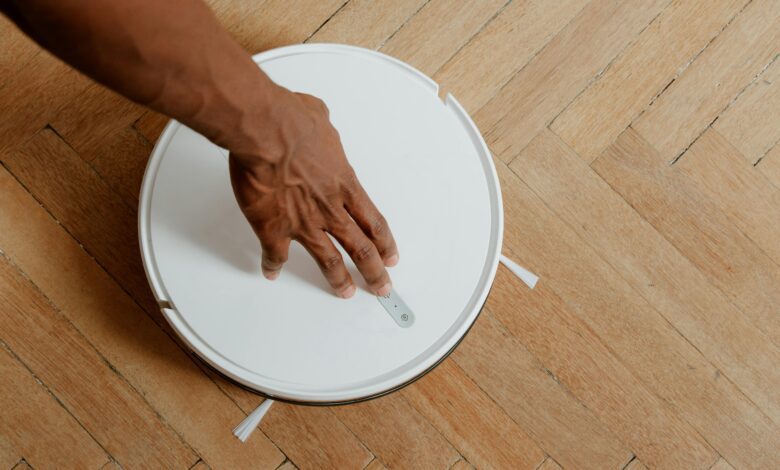How Much Power Does a Robot Vacuum Use ?
Uncovering the Energy Efficiency of Robot Vacuum Cleaners

How Much Power Does a Robot Vacuum Use?
Robot vacuum cleaners have become increasingly popular in modern households due to their convenience and efficiency in keeping floors clean. However, as consumers become more conscious about energy usage and its environmental impact, questions arise about the power consumption of these automated cleaning devices. Understanding the power requirements of a robot vacuum can help users make informed decisions about their energy usage and potentially reduce their carbon footprint.
Understanding Power Consumption
Power consumption is typically measured in watts (W) or kilowatts (kW), representing the rate at which electrical energy is consumed by a device. When it comes to robot vacuums, power consumption can vary depending on several factors, including the model, cleaning mode, and runtime.
Factors Affecting Power Usage
- Model and Brand: Different robot vacuum models vary in terms of power efficiency. Some brands prioritize energy-saving features, while others may focus more on performance, which could result in higher power consumption.
- Cleaning Mode: Robot vacuums often offer multiple cleaning modes, such as standard, eco, or turbo. The power consumption will generally be higher when the device is operating in turbo mode, as it exerts more suction power to tackle tougher dirt and debris.
- Battery Life and Charging: The type and capacity of the battery used in a robot vacuum can impact its power usage. Models with larger batteries may be able to operate for longer periods without requiring a recharge, while those with smaller batteries may need to recharge more frequently, leading to higher overall energy consumption.
- Navigation Technology: Advanced navigation technologies, such as laser mapping or camera-based navigation, can contribute to more efficient cleaning patterns, potentially reducing the overall runtime and power consumption of the robot vacuum.
Typical Power Consumption
On average, a robot vacuum consumes anywhere from 20 watts to 200 watts during operation, depending on the factors mentioned above. In standard cleaning mode, most robot vacuums consume around 30 watts to 50 watts of power. However, this can increase to 100 watts or more when operating in turbo mode or when tackling particularly dirty areas.
Energy-Saving Features
To address concerns about energy efficiency, many manufacturers have incorporated various features into their robot vacuum designs to minimize power consumption without compromising cleaning performance. These features may include:
- Smart Scheduling: Allows users to program cleaning times based on their specific needs, ensuring that the robot vacuum operates only when necessary.
- Auto-Adjusting Suction: Automatically adjusts suction power based on the surface being cleaned, optimizing energy usage while still effectively removing dirt and debris.
- Low-Power Standby Mode: Puts the robot vacuum into a low-power state when not in use, reducing energy consumption during idle periods.
- Efficient Navigation Algorithms: Utilizes advanced algorithms to plan efficient cleaning routes, minimizing unnecessary movement and reducing overall runtime.
Environmental Impact
Reducing energy consumption not only helps consumers save on their electricity bills but also contributes to environmental conservation by reducing greenhouse gas emissions associated with electricity generation. By choosing energy-efficient appliances like robot vacuums, consumers can play a part in mitigating climate change and promoting sustainability.
While the power consumption of a robot vacuum can vary depending on various factors, understanding these factors can help consumers make informed decisions when purchasing and using these devices. By opting for energy-efficient models and utilizing the available features to minimize power consumption, users can enjoy the convenience of a clean home while also reducing their environmental footprint.
In conclusion, while robot vacuums are undoubtedly handy appliances, their power usage is a factor to consider for both economic and environmental reasons. As technology advances, we can expect further improvements in energy efficiency, ultimately leading to more sustainable cleaning solutions for modern households.


